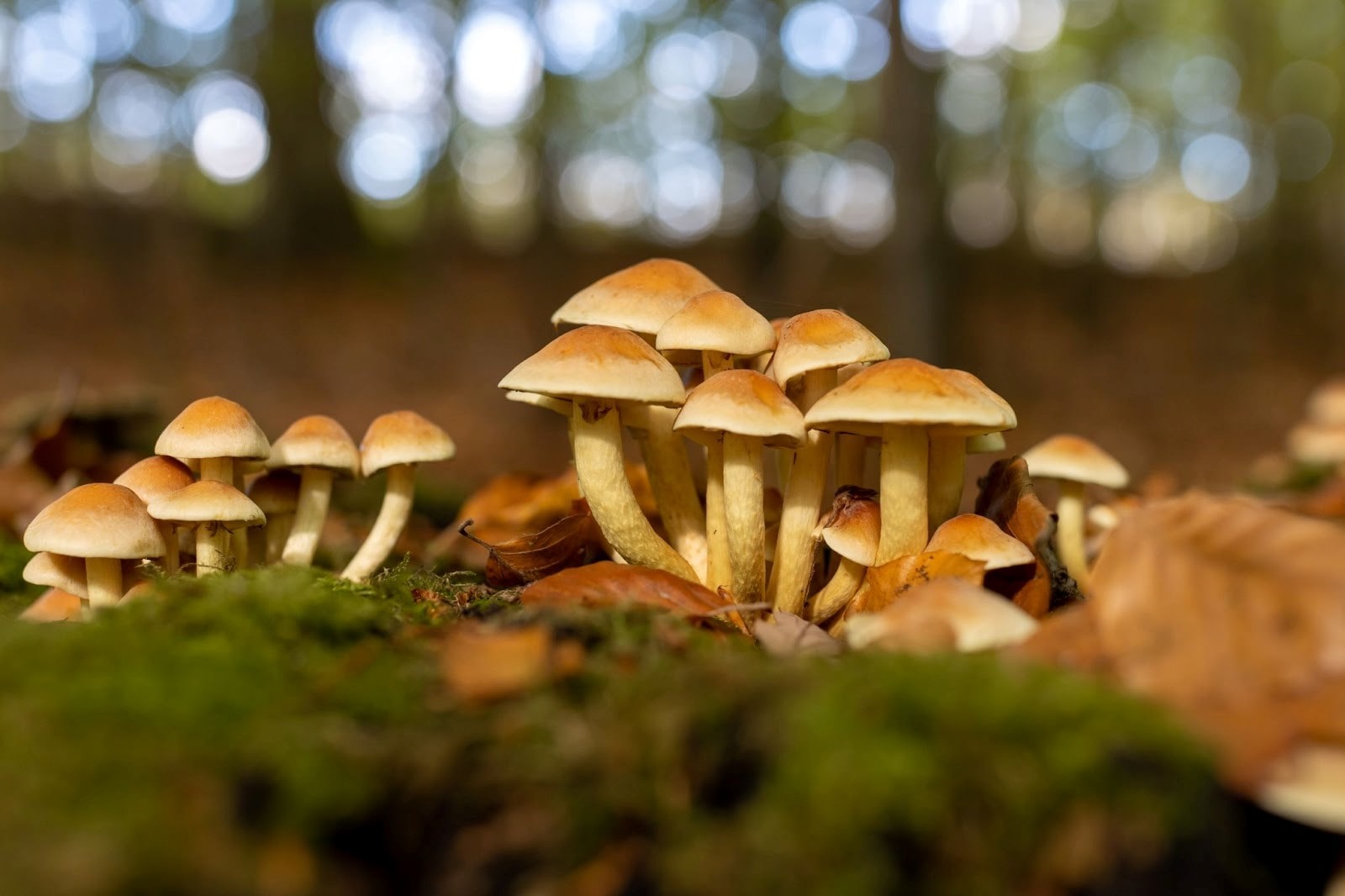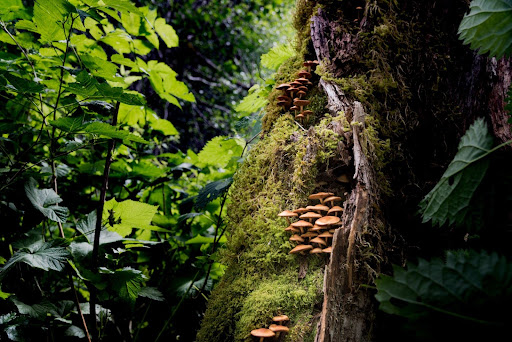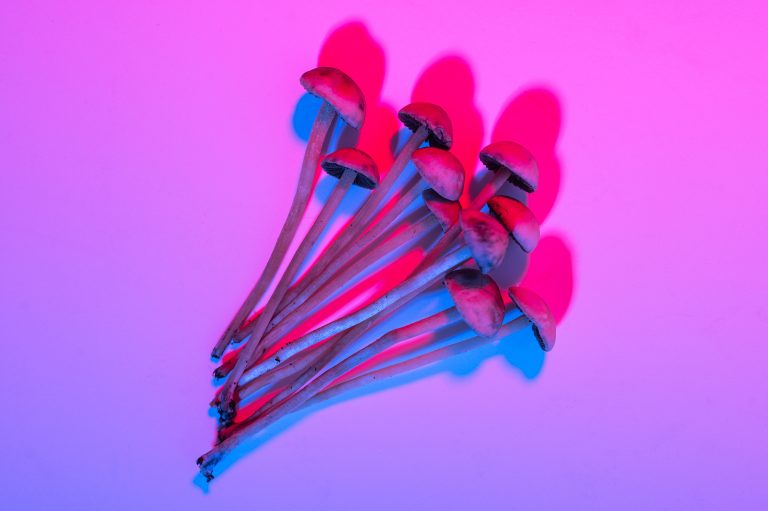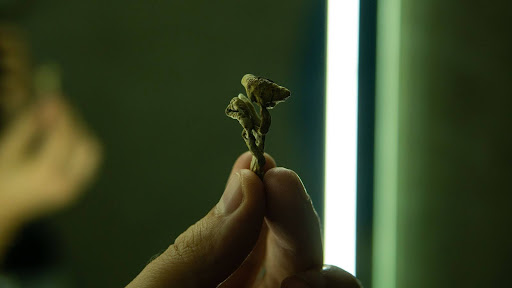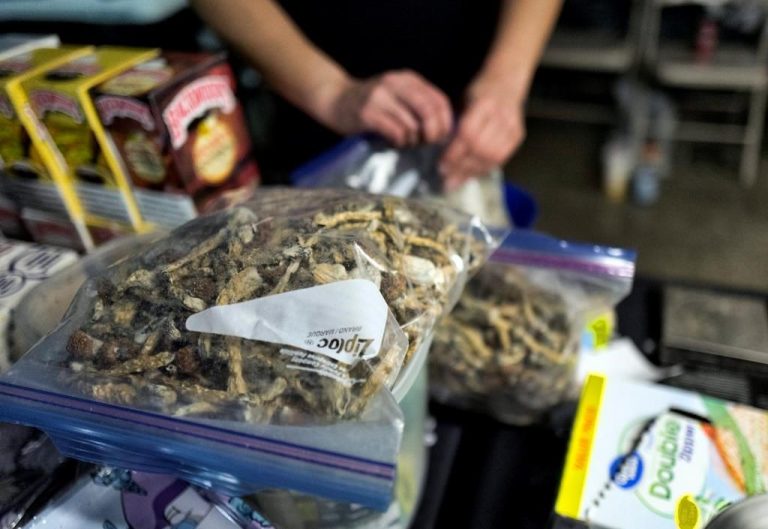Magic Mushroom Cultivation: How to Grow Your Own Shrooms
Magic mushrooms, also known as psilocybin mushrooms, have fascinated humans for centuries. Growing these mushrooms at home is not only a way to ensure a fresh supply but also an intriguing and rewarding experience. This guide explains the entire process, from selecting the right species to harvesting mature mushrooms.
Overview of Magic Mushrooms
Magic mushrooms contain the psychoactive compound psilocybin, which induces hallucinations and altered states of consciousness. The most popular species for cultivation include Psilocybe cubensis, known for its relatively easy growing process. Understanding the life cycle and growth requirements of these mushrooms is crucial to achieving success.
Selecting the Right Species
Before diving into the growing process, it’s essential to choose the right species of mushroom. Psilocybe cubensis is highly recommended for beginners due to its robust nature and adaptability to various growing conditions.
Buy magic mushroom products online
Necessary Materials and Preparation for Growing Magic Mushrooms
Growing magic mushrooms requires careful preparation and the right materials to ensure success. From selecting mushroom spores to creating an optimal growing environment, each step is crucial. This section will guide you through the essential tools, substrates, and environmental controls needed to cultivate vibrant, healthy mushrooms at home.
Mushroom Spores and Spawn
- Mushroom Spores: These are the starting point for growing mushrooms. You can purchase spore syringes from reputable sources online.
- Mushroom Spawn: This is the medium that the spores will colonize. Common spawn materials include sawdust spawn and mushroom grain spawn.
Substrate Materials
The substrate is the nutrient-rich medium that supports mushroom mycelium growth. Popular substrates include:
- Brown Rice Flour and Vermiculite: Common for Psilocybe cubensis cultivation.
- Enriched Sawdust Substrate: Ideal for wood-loving mushrooms.
- Composted Manure and Straw: Another good option for many types of mushrooms.
Containers and Tools
- Jars or Bags: For inoculating the substrate with spores.
- Pressure Cooker: For sterilizing the substrate.
- Spray Bottle: For maintaining moisture levels.
- 5-Gallon Bucket: Useful for larger cultivation projects.
- Drill: For making air holes in containers.
Environmental Controls
- Temperature Control: Magic mushrooms require a stable temperature range between 70-75°F (21-24°C) for optimal growth.
- Humidity Control: Maintaining adequate moisture is critical, often achieved with regular misting and proper airflow.
- Lighting: Indirect sunlight or low-intensity fluorescent lights work well.
Step-by-Step Shroom Cultivation Process
The step-by-step shroom cultivation process is essential for growing healthy, potent magic mushrooms. This guide covers every stage, from preparing the substrate to harvesting mature mushrooms. By following these detailed instructions, you can ensure optimal conditions for mushroom growth, leading to a successful and rewarding cultivation experience.
1. Preparing the Substrate
The first step in the actual process of growing mushrooms is preparing the substrate. For this guide, we focus on the brown rice flour and vermiculite method:
- Mixing Ingredients: Combine 2 parts vermiculite, 1 part brown rice flour, and 1 part water.
- Filling Jars: Fill sterilized jars with the mixture, leaving some space at the top.
- Sterilizing the Substrate: Place the jars in a pressure cooker and sterilize at 15 PSI for 60-90 minutes.
2. Inoculating the Substrate
Once the substrate has cooled, it’s time to introduce the mushroom spores:
- Injecting Spores: Use a spore syringe to inject spores into the substrate through pre-drilled holes.
- Sealing Jars: Cover the holes with micropore tape to prevent contamination.
3. Colonization Period
Place the inoculated jars in a warm, dark place. During this period:
- Temperature: Maintain a temperature range of 70-75°F (21-24°C).
- Duration: The substrate will be colonized by mushroom mycelium in about 2-4 weeks.
- Monitoring: Check for white threads of mycelium growth. Avoid contamination by keeping conditions sterile.
4. Preparing for Fruiting
Once the substrate is fully colonized, it’s ready for the fruiting stage:
- Creating a Fruiting Chamber: Use a 5-gallon bucket or similar container with air holes drilled in the sides.
- Layering: Place a 2-3 cm layer of moist perlite at the bottom to maintain humidity.
- Transferring Substrate: Carefully transfer the colonized substrate to the fruiting chamber.
5. Initiating Fruiting Conditions
Magic mushrooms require perfect conditions to start producing fruiting bodies (mushrooms):
- Temperature: Maintain cooler temperatures around 65-70°F (18-21°C).
- Humidity: Keep humidity levels high, around 85-95%, by misting with a spray bottle.
- Light: Provide indirect light for about 12 hours a day.
6. Harvesting
Mushrooms will begin to form after 1-2 weeks of fruiting conditions. Harvesting can be done by:
- Timing: Wait until the mushroom caps start to open and expose the gills.
- Method: Use a sharp knife to cut the mushrooms at the base.
The ultimate guide to growing magic mushrooms
What Should You Do After Harvesting Your Shrooms?
After harvesting your magic mushrooms, it’s important to dry them properly to preserve potency. Use a dehydrator or place them in a well-ventilated area with low humidity until they are cracker-dry. Store dried mushrooms in an airtight container, preferably with a desiccant, in a cool, dark place.
Additionally, consider using the leftover substrate as post-crop mushroom compost for your garden, enriching the soil with valuable nutrients and promoting sustainable gardening practices. Proper storage ensures long-term viability and potency of your mushrooms.
Advanced Tips and Techniques for Magic Mushroom Cultivation
Optimize Substrate Nutrition
Enhance your substrate with additional food sources to boost mushroom yield. Incorporate nitrogen-rich organic matter like coffee grounds or worm castings into your substrate. This supplementation provides essential nutrients, leading to healthier mycelium and larger fruiting bodies. Ensuring your substrate has an enriched nutrient profile supports sustained mushroom varieties’ growth throughout the cultivation process.
Implement a Casing Layer
Applying a casing layer of non-nutritive material, such as peat moss and vermiculite, on top of your colonized substrate can enhance mushroom growth. This layer retains moisture and encourages the formation of mushroom pins. It also helps maintain ideal conditions by regulating carbon dioxide levels and humidity, ensuring consistent and prolific fruiting cycles.
Maintain Sterile Conditions
Sterile conditions are crucial to preventing contamination and ensuring healthy mushroom cultivation. Sterilize all tools, substrates, and containers using a pressure cooker or autoclave. Work in a clean environment, and use gloves and masks to minimize the risk of introducing contaminants. This meticulous approach supports the long-term viability of your mushroom bed and promotes the growth of high-quality mushrooms.
Monitor Air Flow and Humidity
Proper airflow and humidity control are essential for optimal mushroom growth. Ensure your growing area has adequate ventilation to prevent the buildup of carbon dioxide, which can inhibit mushroom development. Use a hygrometer to monitor humidity levels and maintain them between 85-95%. Regularly misting the substrate and using a humidity tent can help achieve and maintain these ideal conditions.
Experiment with Different Mushroom Varieties
Exploring different mushroom varieties can yield diverse results and enhance your cultivation skills. Each type of mushroom may have unique growing requirements and benefits. By trying various species over several months, you can discover which varieties thrive best in your garden or mushroom bed. This experimentation leads to a better understanding of fresh mushrooms’ growth patterns, allowing you to optimize conditions for each type.
Top 10 Common Mistakes People Make When Growing Shrooms
Growing magic mushrooms can be rewarding but beginners often encounter pitfalls that hinder success. Understanding common mistakes helps prevent setbacks and ensures a fruitful harvest:
- Ignoring Sterile Conditions: Contamination is one of the biggest threats to mushroom cultivation. Failing to sterilize tools, substrates, and the growing environment can introduce harmful bacteria and mold, leading to failed crops.
- Incorrect Moisture Levels: Maintaining adequate moisture is crucial. Too much moisture can cause contamination, while too little can prevent proper mycelium growth. Regular monitoring and misting are essential for optimal conditions.
- Inadequate Air Flow: Proper air flow prevents the buildup of carbon dioxide, which can inhibit mushroom development. Ensure your growing area is well-ventilated to promote healthy growth.
- Temperature Mismanagement: Mushrooms require specific temperature ranges to thrive. Temperatures that are too high or too low can stunt growth or kill the mycelium. Use heating mats or fans to maintain stable conditions.
- Overhandling the Substrate: Excessive handling or disturbing the substrate can damage the mycelium network. Handle your substrate with care and avoid unnecessary movements to ensure healthy development.
- Using the Wrong Substrate: Different mushroom species require specific substrates. Using an unsuitable substrate can lead to poor growth or complete failure. Research and choose the right substrate for the type of mushroom you are cultivating.
- Harvesting Too Early or Too Late: Timing is critical for harvesting. Picking mushrooms too early results in smaller yields, while waiting too long can lead to spore release and reduced potency. Harvest when the caps start to open and expose the gills.
- Poor Lighting Conditions: While mushrooms do not require direct sunlight, they do need indirect light for proper development. Provide 12 hours of low-intensity light daily to mimic natural conditions.
- Ignoring Humidity Levels: Failing to maintain high humidity levels can hinder mushroom growth. Use a hygrometer to monitor humidity and mist regularly to keep levels between 85-95%.
- Lack of Patience: Mushroom cultivation is a time-consuming process that can take weeks to months. Rushing or becoming impatient can lead to mistakes. Patience and careful attention to detail are key to successful cultivation.
Is Growing Your Own Magic Mushrooms Worth It?
Growing your own magic mushrooms can be a rewarding endeavor, offering a hands-on experience and the satisfaction of cultivating a natural product. However, for those seeking simplicity, products from suppliers like Chronic Club provide convenient alternatives. The choice ultimately depends on your preference for involvement in the cultivation process versus the ease of accessing ready-to-use mushroom products for your desired experience.
Buy High-Quality Magic Mushroom Products Online
At Chronic Club, we offer a range of high-quality shroom products designed to elevate your experience. Our offerings cater to diverse preferences, ensuring convenience without compromising on potency and purity.
Our magic mushroom products include:
- Dried Shrooms
- Psilocybin Microdose
- Microdose Stacks
- Shroom Edibles
- Shroom Tea
- Shroom Distillate
- Bulk Shrooms
Whether you’re a seasoned enthusiast or exploring mushrooms for the first time, our carefully curated selection provides options that deliver consistent results and meet various recreational and therapeutic needs. Discover the convenience and quality of our shroom products for an enhanced journey.

